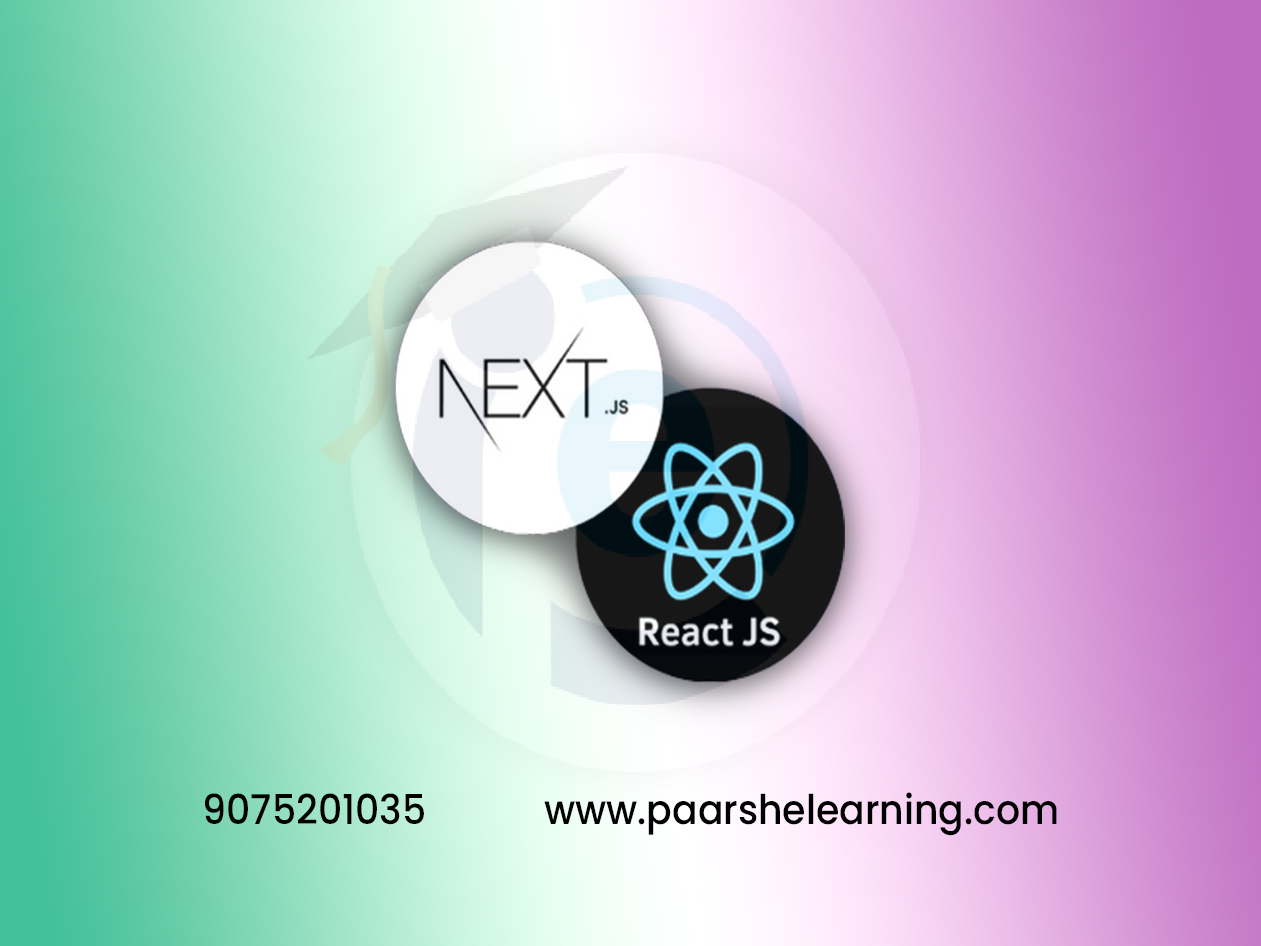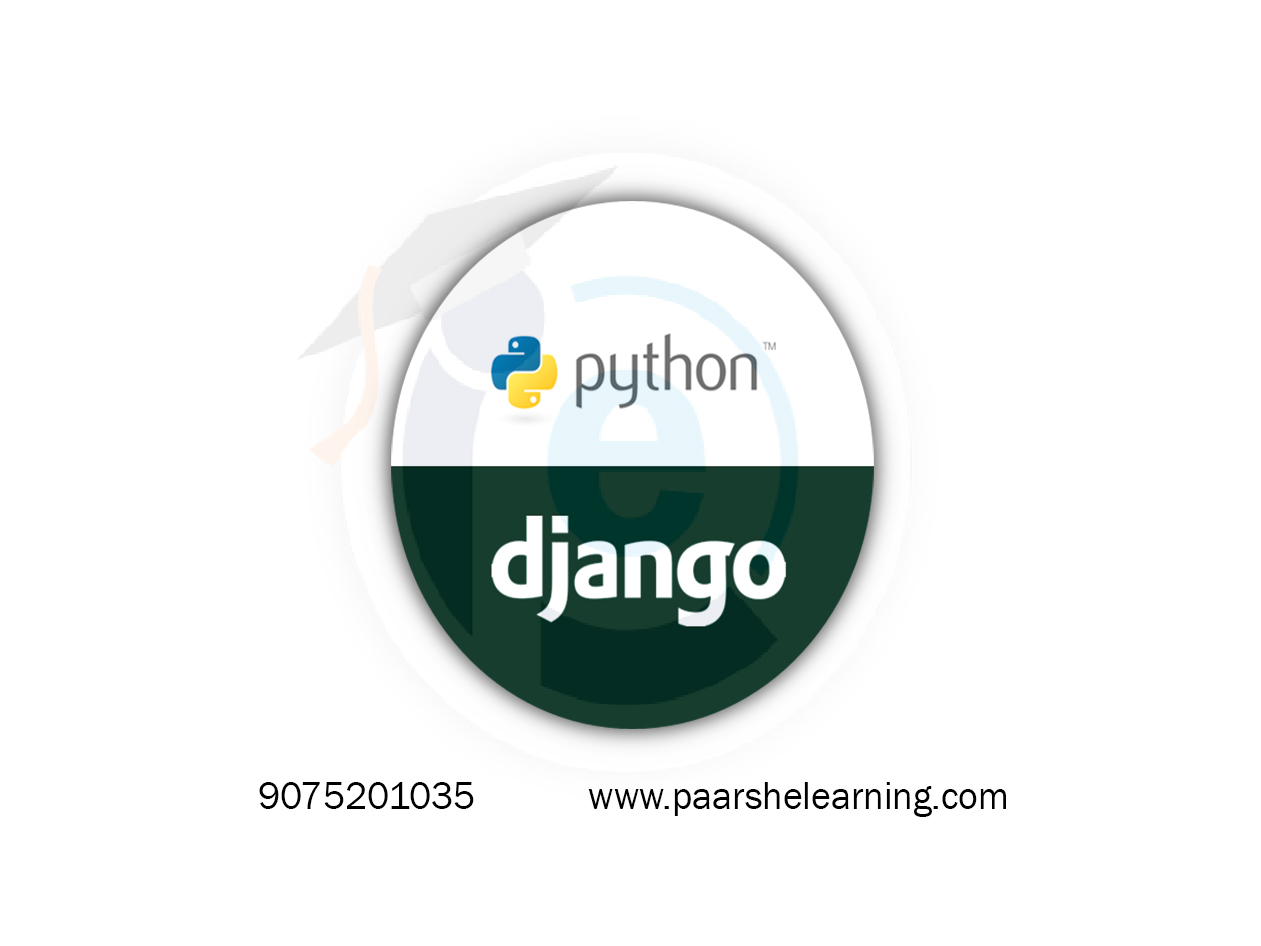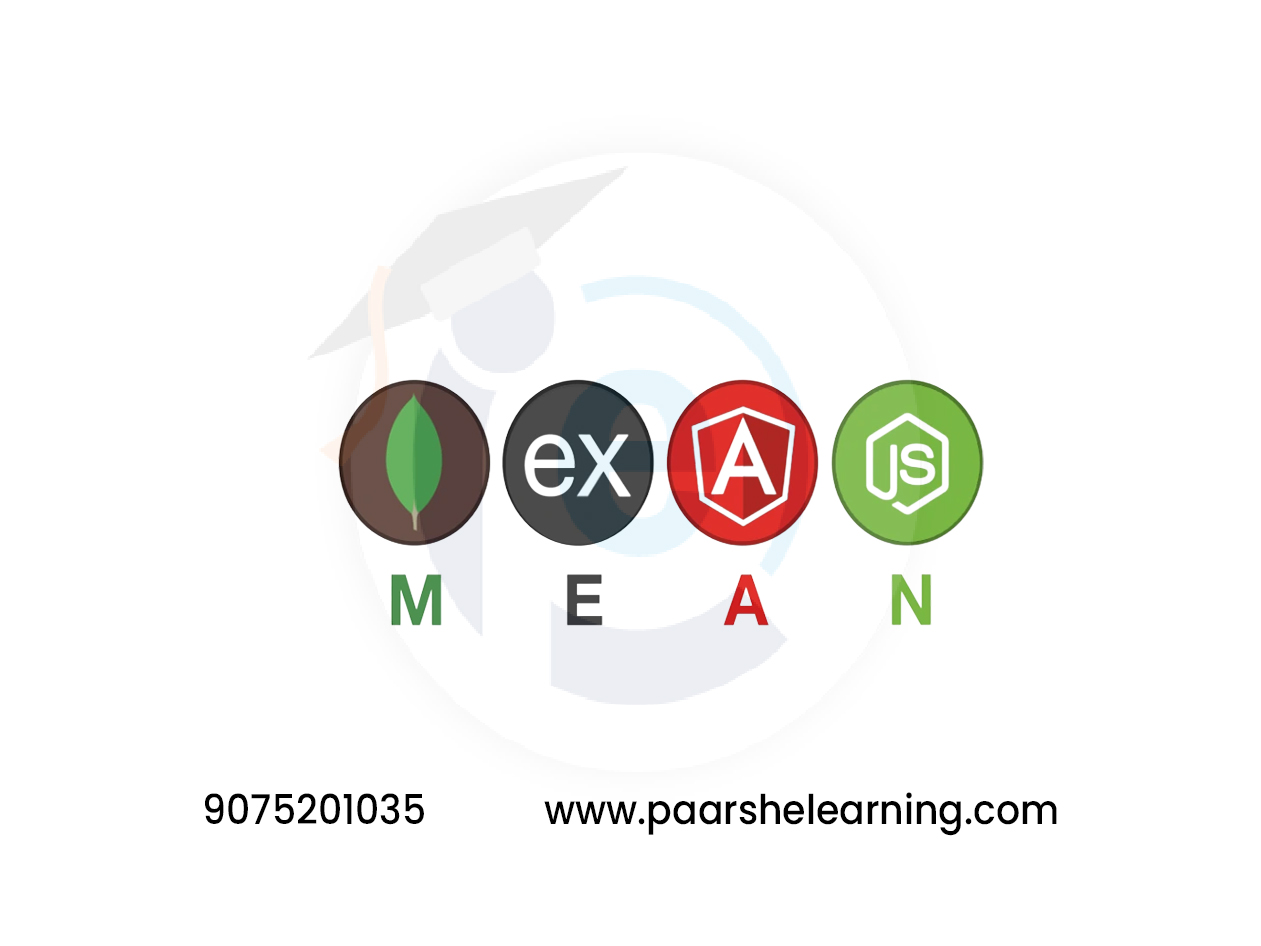- Introduction to React.js: Students will learn about the basic concepts of React.js, including components, state management, props, and events.
- Building UI components: Students will learn how to create reusable UI components using React.js, including input fields, buttons, dropdowns, and more.
- Students will learn how to implement routing and navigation in their applications using React Router.
- Students will learn about different techniques for managing state in their applications, including local state management, Redux, and React Context.
- Students will learn about the features and benefits of Next.js, including server-side rendering, automatic code splitting, and static site generation
- Building server-side rendered applications: Students will learn how to build server-side rendered applications using Next.js, including creating API endpoints and integrating with databases.
- Students will learn how to deploy their applications to production environments using services like Vercel and Netlify.
Next.JS, React
Course description
Next.js is a popular React framework for building server-side rendered (SSR) and static websites. It provides a set of conventions and features on top of React to simplify the development process and enhance the performance of your applications. When learning Next.js and React together, here's what you should focus on:
-
React: Start by developing a strong foundation in React. Learn about React's component-based architecture, JSX syntax, state management, and the concept of virtual DOM. Understand how to create reusable UI components, handle events, and manage the application's state efficiently.
-
Next.js Fundamentals: Familiarize yourself with the core concepts of Next.js. Learn how to set up a Next.js project, create pages, handle routing, and utilize features like server-side rendering, static site generation, and incremental static regeneration. Understand how Next.js provides seamless integration with React and simplifies the development of SSR and static websites.
-
Next.js Routing: Learn how to implement routing in Next.js using its built-in routing system. Understand how to define dynamic routes, handling query parameters, and navigate between pages using the
Linkcomponent or programmatically using theRouterAPI. -
Styling in Next.js: Explore different approaches for styling your Next.js applications. You can use CSS modules, CSS-in-JS libraries like styled components or emotion, or global CSS files. Learn how to style individual components and apply styles based on different states and conditions.
-
Data Fetching: Understand the various methods for fetching data in Next.js applications. Next.js provides built-in data fetching methods like
getStaticProps,getStaticPaths,getServerSideProps, anduseEffectfor client-side data fetching. Learn when and how to use each method based on your application's requirements. -
API Routes: Learn how to create API routes in Next.js to handle server-side logic and expose custom API endpoints. Understand how to define routes, handle HTTP requests, and interact with databases or external APIs.
-
Deployment and Hosting: Explore different options for deploying and hosting your Next.js applications. You can deploy to platforms like Vercel, AWS, or Heroku. Learn how to configure build settings, handle environment variables, and optimize your application for production.
What you will learn from this course?
This course includes!
- Daily Live session
- A recorded session with problem-solving material
- Access on Mobile and TV
- Certificate of completion
- Recommendation Letter
- 100% Job Placements
This course is for
- The Next.js and React.js course is ideal for developers who want to learn how to build modern web applications using Next.js and React.js. It is suitable for developers who already have some experience with JavaScript, HTML, and CSS, and who want to learn how to use these technologies to build scalable and efficient web applications.
- This course is also suitable for front-end developers who want to expand their skills and learn how to build server-side rendered applications. Additionally, it is suitable for full-stack developers who want to learn how to build modern web applications with a focus on the front-end user interface.
Prerequisites for this course
- You should have a good understanding of core JavaScript concepts such as variables, functions, and objects.
- You should have a good understanding of HTML and how to create basic web pages.
- You should have a good understanding of CSS and how to style web pages.
Next.js, React Syllabus
-
Introduction To Next.js And React
Overview of Next.js and its benefits Setting up the development environment Creating a basic Next.js application Understanding the role of React in Next.js
-
Routing And Navigation With Next.js
Creating and setting up pages in Next.js Using Link and Router components for navigation Client-side navigation vs. server-side navigation Dynamic routing and parameter passing
-
Server-side Rendering (ssr) With Next.js
Understanding server-side rendering in Next.js Fetching data on the server using getServerSideProps Implementing server-side rendering for improved performance Comparing SSR with client-side rendering
-
Static Site Generation (ssg) With Next.js
Introduction to static site generation in Next.js Using getStaticProps for pre-rendering static pages Incremental Static Regeneration for dynamic content Benefits and considerations of using SSG
-
Styling And Layout In Next.js
Styling components using CSS, SCSS, or CSS modules Implementing responsive design with CSS frameworks Layout components and organizing the UI structure Handling global styles and theming
-
Data Fetching And Api Integration
Fetching data from APIs using Next.js Using SWR (SWR While Revalidate) for data fetching Handling API routes and serverless functions Implementing CRUD operations with APIs
-
Authentication And User Sessions
Implementing user authentication in Next.js Using third-party authentication providers (e.g., OAuth) Managing user sessions and secure access Storing user data and tokens securely
-
Deployment And Final Project
Deploying Next.js applications to hosting environments Optimizing for production and performance Building a complete Next.js and React application Final project: Developing a fully functional web application using Next.js and React
-
Paarsh E-Learning encourages hands-on practice, assignments, and projects throughout the course to reinforce students' understanding of Next.js and React development. Assign practical exercises that involve building interactive web applications, implementing server-side rendering and data fetching, and integrating authentication. Cover both theoretical concepts and practical applications to provide a well-rounded learning experience.






